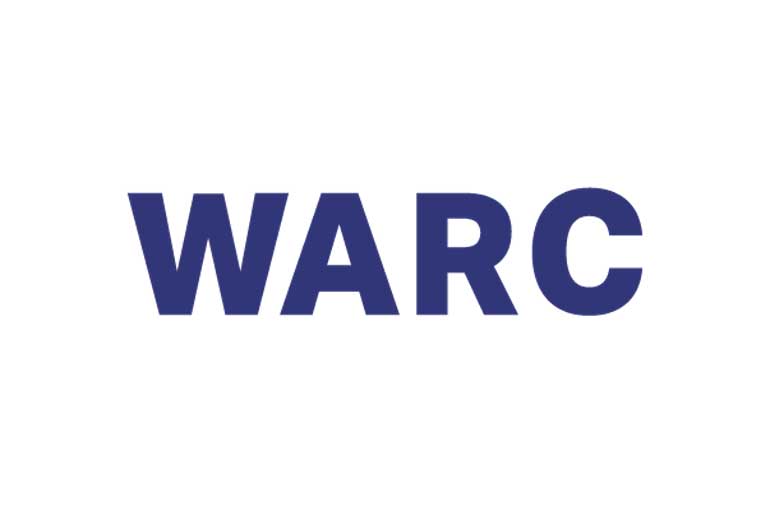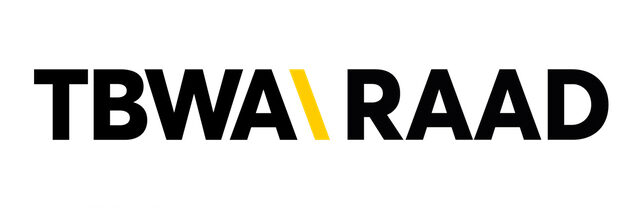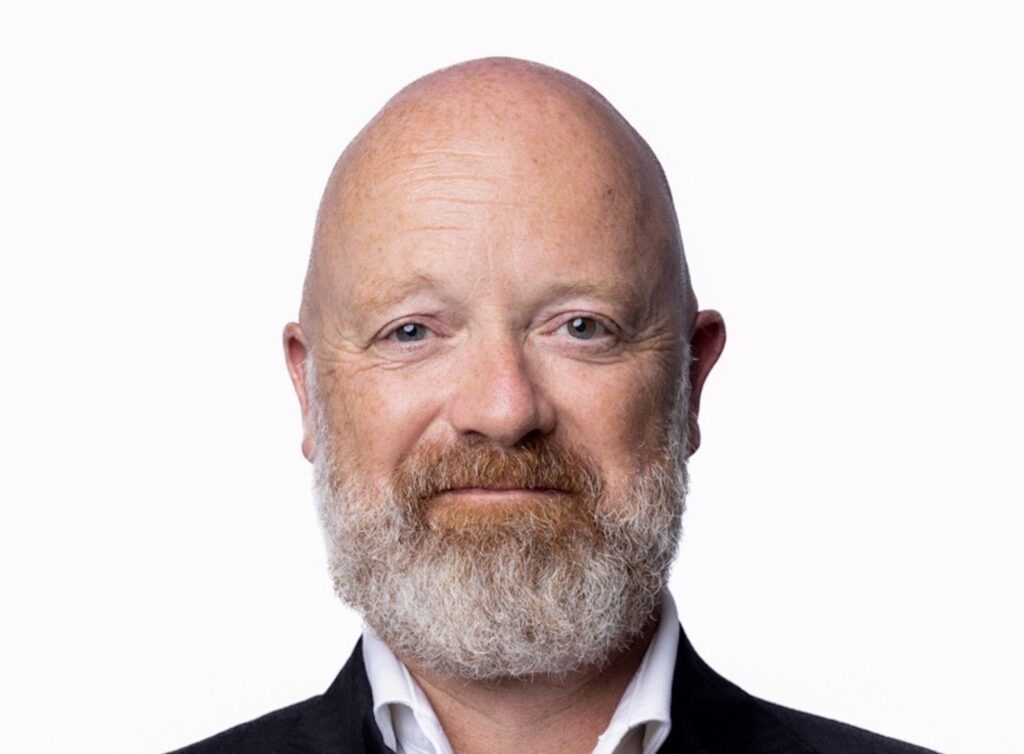WARC, the global authority on advertising and media effectiveness releases the anatomy of effectiveness report for the MENA region. The report aimed at advertising agencies, marketers, and media owners alike, highlighting five key priorities for brands seeking to improve their impact in the Middle East and North Africa region. The report has been created in collaboration with the Choueiri Group and Kantar.
David Tiltman, VP Content, WARC, comments: “Around the world, there’s a rising concern among marketers that traditional forms of advertising are not driving brand growth in the ways they have come to expect. They are facing the challenges of attracting and holding consumers’ attention in a fragmented media environment. They see the rise of ad blocking and the mounting problems within digital communications. And these issues are relevant in MENA.
“However, there’s a huge opportunity to hone the craft of marketing for the MENA region by adapting global best practice to work with local, cultural, and socio-political nuances and reach over 400 million Arabic-speaking people.”
MENA IN NUMBERS

The report highlights the following five priorities for marketers who want their advertising budgets to deliver a return:
Invest for growth
- Kantar’s study, ‘Mastering Momentum’ revealed that sustained, long-term brand growth is rare. Of the brands measured across both a one-year and three-year time frame, fewer than 6% of brands grew market share over the first year, but only 6 in 10 of those had sustained that gain over three years, and fewer than 1 in 10 further improved on their initial gain.

- In the MENA region, changes in macro conditions such as political, economical, sociological, technical, educational, and legal play a crucial role in marketers’ ability to set realistic objectives and maximize effectiveness and efficiency.
- Socio and economic changes can leave marketers with complex situations such as reinventing marketing messages for new segments. This volatility can also lead to both oversupply and undersupply in the supply chain.
- While there is a lot changing in MENA, brands can secure a strong position by ensuring they have three fundamental pillars in place. This will help them maximize three key areas for growth – influencing future sales, influencing immediate sales, and influencing repeat sales. Exposure is the essential first pillar to achieve future sales and ensure new customers are predisposed to the brand. Achieving this high exposure is reliant on investing the right amount to cut through and build memory structures with consumers.

- An example of a brand that invested in growth includes Nescafe’s 3 in 1 campaign in Egypt. During that period, economic conditions led to inflation in prices making the brand’s products seem luxurious. A campaign targeting university students helped the brand to reposition itself as a valuable brand and capture a new target audience.
Balancing spend
- Another challenge global marketers face is setting the frameworks for investment, to ensure sustainable success- by establishing an equilibrium between brand building and sales.
- Research-based evidence from Les Binet and Peter Field suggests a rule of thumb for effective investment of 60% of the budget on long-term brand-building and 40% on short-term sales activation.

- Research by Kantar shows that 46% of global advertisers are not confident that their organization is striking the right balance between digital and offline media. The relatively low cost of digital and its promise of data-driven techniques to drive performance has seen MENA marketers invest more budget into activation campaigns.
- However, the MENA TV industry is fighting back. According to Youmna Borghol, chief data officer, Choueri Group, “TV Networks are building data-driven ad products that enable marketers to optimize performance by measuring short- and long-term impact, and to target better by indexing audiences against linear TV viewership,”
- Some of the common mistakes made by brands in the region include overinvesting in short-term sales drives and focusing the majority of the budgets during the Ramadan period.
The power of effective reach
- Reach is the foundation of media effectiveness. Research by Nielsen has shown that digital-only investment can hit a ‘reach ceiling’, and it’s better to combine digital and broadcast media, with the potential for a complementary role, in achieving both reach and driving frequency.
- Kantar Millward Brown’s 2018 AdReaction study, ‘The Art of Integration’, showed integrated campaigns are 31%more effective at building brands. As well as incremental reach, integration delivers what Kantar calls a “synergy effect”. For example, digital video and TV working together actually creates an additional 25% of ROI. In the Middle East and Africa, 40% of campaign impact comes from media synergies vs. 25% global average.


- Kantar’s research for MENA demonstrates that TV continues to build brands more strongly than online display, online video, Facebook, radio, and outdoor across saliency, motivation, and association.
- Based on the data provided in the report, TV has complemented the growth of digital, social media, and e-commerce consumption in the region.
Plan for recognition
- The Ehrenberg-Bass Institute for Marketing Science argues there are three reasons for strong branding: to stamp ownership, to anchor a message, and to act as a bridge between stimuli. Some brands such as Mcdonalds and Nike have distinctive brand assets which help trigger instant recognition. These brands are more salient than their rivals.
- Legal regulations in the MENA region pose barriers for global brands to have distinct brand assets. Recently there have been changes in these regulations, but only time will tell what its impact holds on MENA’s media and advertising industry.
- But investing in distinctive brand assets can help the region’s marketers make their communications work even harder over the long-term, generating more value from every marketing dollar invested.
Be creative, be emotional, be distinctive
- There is widespread evidence that creativity delivers increased effectiveness when it produces communication that
is distinctive, engaging, and emotional. - Creativity is not a replacement for ad budgets, but a way to supercharge the budget you have.
- MENA brands are accomplished storytellers, tapping into heart and soul in advertising campaigns. One of the most important trends to emerge from the 2019 WARC Prize for MENA Strategy, was the increasing number of campaigns that showed a deep understanding of the potential gains in investing in a long-term brand building strategy. The shortlisted campaigns were also notable in their desire to balance sales-driven, short- term results alongside longer-term brand equity building as an objective.

- Kantar’s creative learnings suggest that in the MENA region, localized content – such as local setting and local characters – works better than global content. It helps to establish a personal connection.
- Although the region is opening up to outside influences, Middle Eastern core values remain intact, and respecting the cultural codes continues to be important.
Read the full report here.










